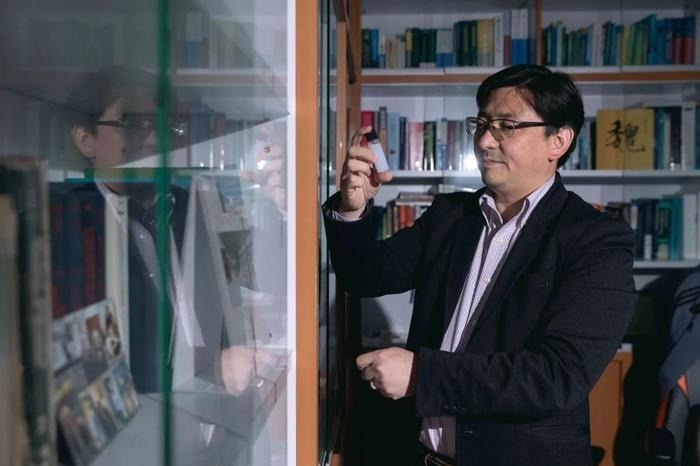In landfills, plastic food packaging takes up a considerable proportion of plastic waste. In the face of increasing environmental issues, scientists are looking to bio-derived alternatives.

Professor To Ngai. Image Credit: Yahoo! News
Scientists at The Chinese University of Hong Kong (CUHK) have developed an edible and transparent biodegradable material with considerable potential for application in food packaging.
The heavy conviction on inherent non-biodegradability and petrochemicals of plastic packaging implies it has long been a considerable contributor to environmental contamination.
A research group at CUHK has focused their attention on bacterial cellulose (BC)—an organic compound that has been derived from some kinds of bacteria which has harvested attention as a tenable, readily available, and harmless solution to the pervasive usage of plastics.
Professor To Ngai from the Department of Chemistry, CUHK, and corresponding author of the study, described that the high versatility and splendid tensile strength of BC are important to its potential.
Extensive research has been conducted on BC, including its use in intelligent packaging, smart films, and functionalized materials created through blending, coating, and other techniques. These studies demonstrate the potential of BC as a replacement for single-use plastic packaging materials, making it a logical starting point for our research.
To Ngai, Professor, Department of Chemistry, Society of Chemical Industry
Contrary to the cellulose discovered in the cell walls of plants, BC could be produced via microbial fermentation, which removes the need for harvesting trees or crops. Ngai noted that as a consequence, “this production method does not contribute to deforestation or habitat loss, making BC a more sustainable and environmentally friendly material alternative to plant cellulose.”
So far, the extensive adoption of BC has been restricted by its unfavorable sensitivity to moisture in the air (hygroscopicity), which harmfully affects its physical properties.
In a recent study reported in the SCI Journal of the Science of Food and Agriculture, the scientists at CUHK laid out a novel method to fulfill the restrictions of BC-based materials. By integrating some soy proteins into the structure and coating it with an oil-resistant composite, the researchers were successful in creating edible, transparent, and strong BC-based composite packaging.
Ngai observed that this method consists of high feasibility for scale-up.
It does not require specific reaction conditions like chemical reactions, but rather a simple and practical method with mixing and coating. This approach offers a promising solution to the challenge of developing sustainable and environmentally friendly packaging materials that can replace single-use plastics on a large scale.
To Ngai, Professor, Department of Chemistry, Society of Chemical Industry
The study performed illustrated that the plastic alternative can be entirely degraded within 1-2 months. Dissimilar to other bio-derived plastics like polylactic acid, the BC-based composite does not need particular industrial composting conditions to degrade.
The material developed in this research is completely edible, making it safe for turtles and other sea animals to consume without causing aquatic toxicity in the ocean.
To Ngai, Professor, Department of Chemistry, Society of Chemical Industry
Currently, the scientists at CUHK are examining the directions for future research. They believe in improving the adaptability of modified BC films, thereby making them ideal for an extensive range of applications.
Particularly, they are keen on developing a thermosetting glue that could make strong bonds between bacterial cellulose, thereby enabling it to be easily molded into several shapes when subjected to heating.
Ngai described, “One of the main challenges with bacterial cellulose films is that they are not thermoplastic, which limits their potential for use in certain applications. By addressing this issue, we hope to make bacterial cellulose films more competitive with traditional plastics while maintaining their eco-friendliness.”
Ngai believes that the present study will help to fight the excessive usage of single-use plastics, which could persist for hundreds of years after only a few days of being exhibited on supermarket shelves.
Ngai explained, “This research serves as a reminder that natural raw materials may already possess the necessary characteristics to perform beyond the functions of plastic packaging.”
Journal Reference
Cheung, K. M., et al. (2023) Edible, strong, and low-hygroscopic bacterial cellulose derived from biosynthesis and physical modification for food packaging. Journal of the Science of Food and Agriculture. doi.org/10.1002/jsfa.12758.